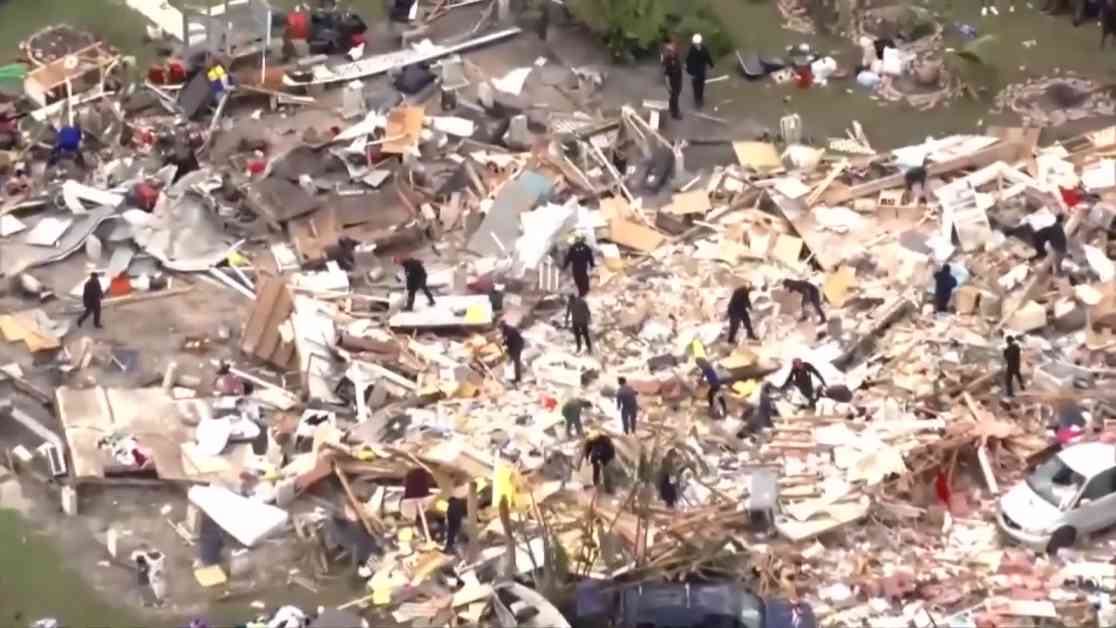Residents of the Bahia Vista Gulf condominium complex in Venice, Florida, found themselves facing a daunting cleanup once again after Hurricane Milton hit the area, just weeks after Hurricane Helene had caused damage to the beachfront units. Bill O’Connell, a board member at the complex, expressed frustration as they had to restart the entire cleaning process, including sanitizing and drying out the units for renovations. The second hurricane brought back all the sand that had been previously removed from the property.
For many long-time Floridians, dealing with the annual cycle of storms is a part of life in the state known for its beautiful weather and beaches. O’Connell acknowledged that living in paradise comes with a price, and accepting the occasional storms is necessary to enjoy everything Florida has to offer.
The back-to-back hurricanes have left a trail of devastation across the state, with many residents returning home after evacuating to find themselves searching for gas due to a fuel shortage. President Joe Biden planned to visit the Gulf Coast to assess the damage caused by Hurricane Milton, which claimed at least 10 lives and led to widespread flooding and tornadoes.
In Cortez, a fishing village southwest of Tampa, residents like Catherine Praught and her husband, Mark, experienced panic when Hurricane Milton threatened their community so soon after Hurricane Helene. While their home was spared from damage, they had to evacuate once again, putting their cleanup efforts on hold. The Praughts, like many others, are now hoping that their insurance will cover the costs of repairs.
Similar scenes of cleanup and recovery could be seen in other areas like Steinhatchee, where debris lined the streets and residents worked tirelessly to restore their homes and businesses. The economic costs of the storms are estimated to be between $50 billion to $85 billion, with property damage accounting for a significant portion of the total.
One of the major challenges in the aftermath of the hurricanes was the widespread fuel shortage, with residents lining up for hours at gas stations in hopes of refueling. Governor Ron DeSantis announced the opening of fuel distribution sites and reassured residents that efforts were being made to replenish gas stations and provide generators to those without power.
As the recovery efforts continue, Governor DeSantis has urged caution due to remaining safety threats such as downed power lines and standing water. With over a million Floridians still without power, the focus is on restoring electricity and managing the rising rivers that pose a risk of flooding in the coming days. Despite the challenges, there is some relief in the forecast as no substantial rain is expected, providing a much-needed break from the wet weather that has plagued the state in recent months.


